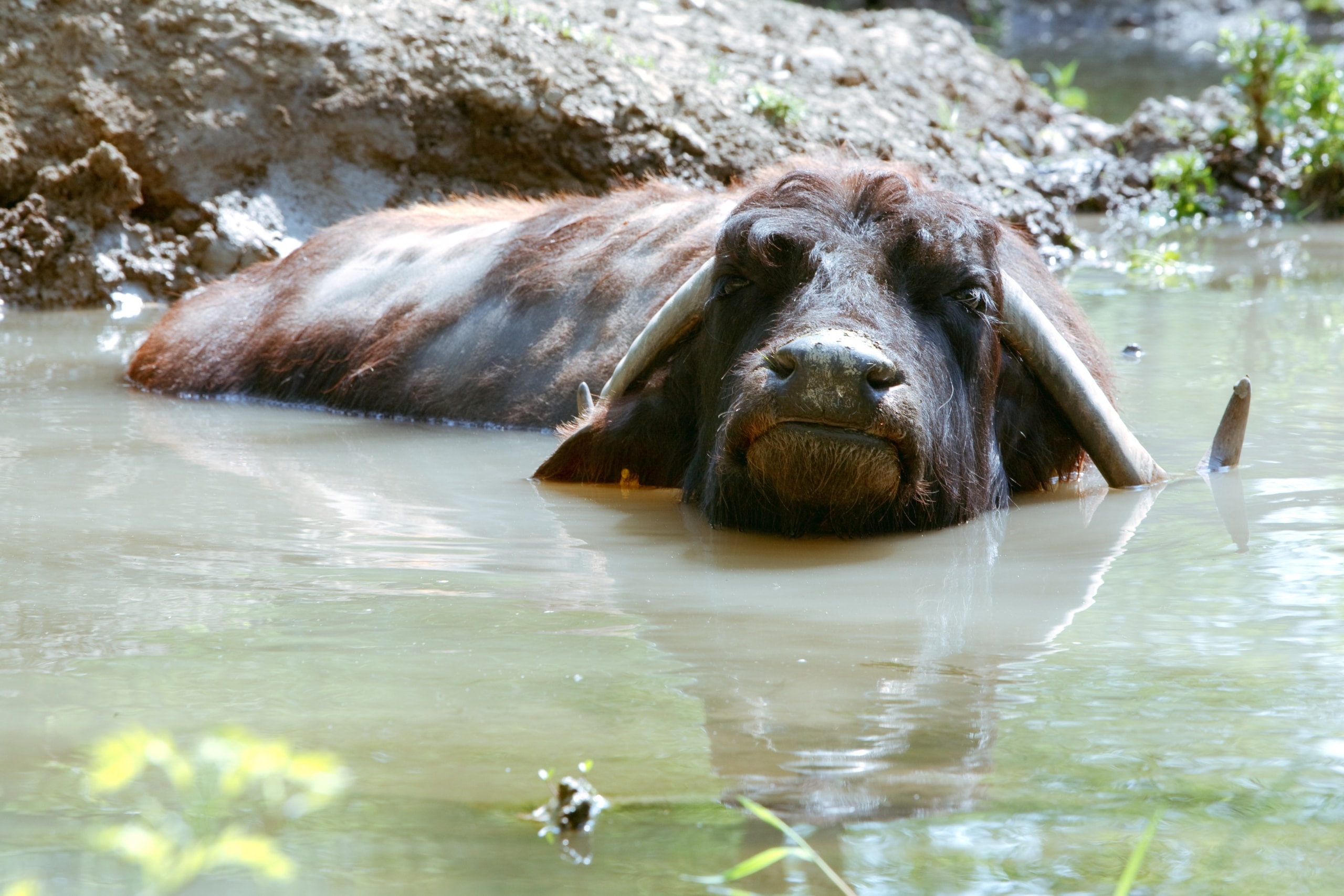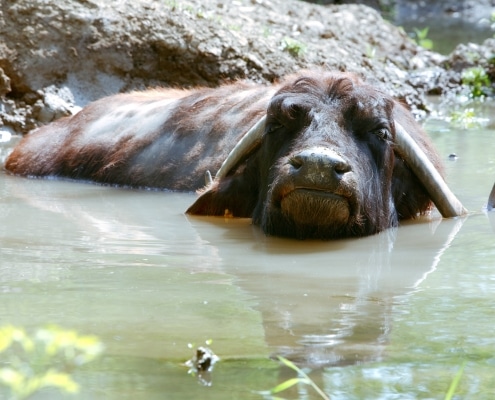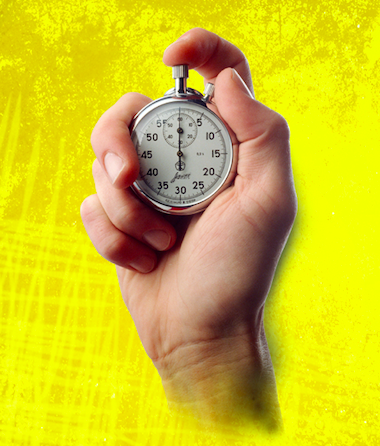4 Reasons to Save The Endangered Multi-Sport Athlete
The Bison once roamed North America and met the needs of an entire population of indigenous people. However, The bison merely became a creature for its hide and almost became extinct.
Once as many as 60 million bison roamed and was limited down to only 300 total in 1900. Thankfully, the numbers have returned to over 400,000.
This participation athlete is becoming extinct. We need to save the endangered athlete.
It was once revered for the many benefits multiple sports provided; fun, teamwork, creativity, self-governing, motivation, fitness, and confidence.
However, lost somewhere between adolescence and puberty is the specialist, an athlete whose sole purpose is to try and excel at one sport.
[Tweet “However, lost somewhere between adolescence and puberty is the specialist, an athlete whose sole purpose is to try and excel at one sport.”]
Seek, Kill, & Destroy
The difference however between the bison and the multiple-sport athlete is that humans could never domesticate the American Buffalo. It was just too powerful.
However, we have been able to contain the multiple sports participation. The specialist and his or parents live under the guise that if you play different sports; then “you’ll fall behind” or “you’ll get hurt.” Hence, youth sport now littered with young kids only playing one sport year round.
That is why we need to save the endangered multi-sport athlete.
The latter “you’ll get hurt” is a major misnomer that has been shown to have the opposite effect. Athletes that specialize have a greater rate of injury compared to non-specialized athletes.
“You’ll get left out” is the true bison in the room.
But, as I share with parents often. If you really knew what it took to be a pro-athlete, you’d never sign up. However, please note, that just because your kid plays multiple sports does not mean that they will play professionally.
Here are 4 reasons to have a multi-sport athlete …
1) The sports skills transfer!
87% of the draft picks in the NFL draft were multi-sport athletes. This isn’t a one-year anomaly either. The average hovers around 70%.
All athletic movements transfer!
Quickness, running, jumping, agility, throwing, etc. all transfer.
For instance, jumping for a basketball is similar and builds the same muscles need to push off the blocks in swimming and have a good kick.
2) The athlete that plays different sports have a higher sports I.Q.
They develop a feel for any game that they are playing. They are more creative and less mechanical in their approach.
For instance, there are 10-year olds who look like demi-gods in the batting cage but have no idea how to run the bases.
A recent phenomenon in volleyball has occurred in which some players in college have never served a ball in competition, ever. They don’t need to…
3) Burnout becomes less frequent for the multi-sport athlete
How long do you think going to 6 showcase events and traveling each weekend in the summer to compete remains fun? We would NEVER ask professional athletes to do what U-10 athletes do (i.e., play 3 doubleheaders in a weekend).
Trust the process, once every single tournament becomes a must do, the fewer tournaments actually are.
Maintain the passion and fun by allowing breaks and time-off.
4) The Multi-sport athlete learns to compete.
Each sport is different and requires different levels of focus and resiliency.
So, in order to become mentally tough, they need to be in different sports situations that test their resilience and ability to come back. If they learn to compete early on, that skill will transfer into other areas as well.
- Marcelo Chierighini was SEC swimmer of the year at Auburn, a national champion and Olympian; he didn’t start swimming until age 16.
- Maverik McNealy, a golfer at Stanford University, was the top-ranked amateur golfer in the United States, played hockey and soccer as well as golf into his senior year at high-school. The balance, stability, and core strength required in hockey transferred to golf.
- Future Hall of Famer, Steve Nash, played soccer, rugby, and basketball in high school.
- Andy Roddick, U.S. Open Champion, played high-school basketball through his senior year…
Lastly, a single sports specialist isn’t the worst culprit.
It’s a multi-single sports specialist!
The new wave of overlapping specialized sports, where one sport, one team, and leagues overlap one another. Where is the time to play unorganized games? If we can follow these four strategies, then we can save the endangered multi-sport athlete athlete.




